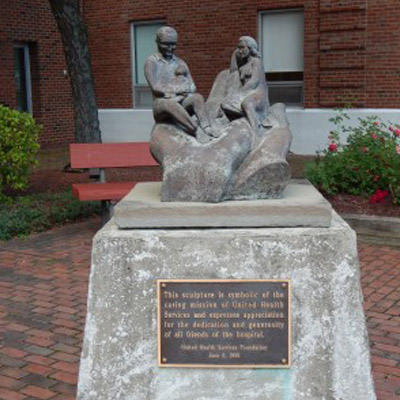Reviewed by Lee Shepherd
The audience at Binghamton University’s Anderson Center had a “hot time in the old town” Sunday afternoon (Jan. 26) when the Binghamton Philharmonic burned up the stage with steamy, smoldering and passionate renditions of Piazzolla’s Tangazo, Bruch’s Scottish Fantasy, Op. 46 and Dvorak’s Symphony No. 7.
To add to the romance , the young German violinist Sabrina-Vivian Hopcker (who apparently just goes by her first name) added her fire and temperament to the Bruch work, a piece of music that entranced her as a little girl and set her on course to become a concert violinist.
According to Barbara Renton, who lectured before the concert, all three composers were creative geniuses who rooted their music in the popular world – in this case, elaborating on folk tunes of Argentina, Scotland and Bohemia. None of the three was fully acknowledged for his brilliance, Renton added.
In Tangazo, the note-perfect, highly skilled orchestra transported us into the smoky atmosphere of an Argentinian tango club, as one by one, we met the dangerous characters who resided within. There was a sense of danger, barely kept in check, and of torrid romance. The violins were asked to make percussive sounds rarely heard on stringed instruments – a drum-like tapping of their bows on the fingerboard and quick bowed slides up the whole length of a string. Complex tango themes abounded.
The Scottish Fantasy “went right to my heart,” said Sabrina-Vivian. “I wanted nothing more than to make that sound, to have a voice like that,” she recalled. She was five years old at the time.
From the opening visit to a spooky Scottish castle to a beautiful folk song that serves as a base for increasingly complex variations to the Scottish war song that dates back to 1314, Sabrina-Vivian demonstrated her impeccable technique in positions so high on the violin they probably spoke to dogs in the neighborhood. Smiling broadly, she obviously was enjoying herself throughout much of the piece. As Maestro Jose-Luis Novo commented, “She played her socks off!”
As icing on the cake, the Philharmonic played Dvorak’s Symphony No. 7, a work every bit as beautiful as the better-known “American Symphony.” The piece is full of gorgeous, nourishing melodies. It starts tragically and ends triumphantly, conveying radiant affirmation that the occupied country of Czechoslovakia would someday be free.
The orchestra, a blend of familiar faces and many new young musicians, gave the audience a musical experience worth far more than the price of admission. Hats off to them all!



































